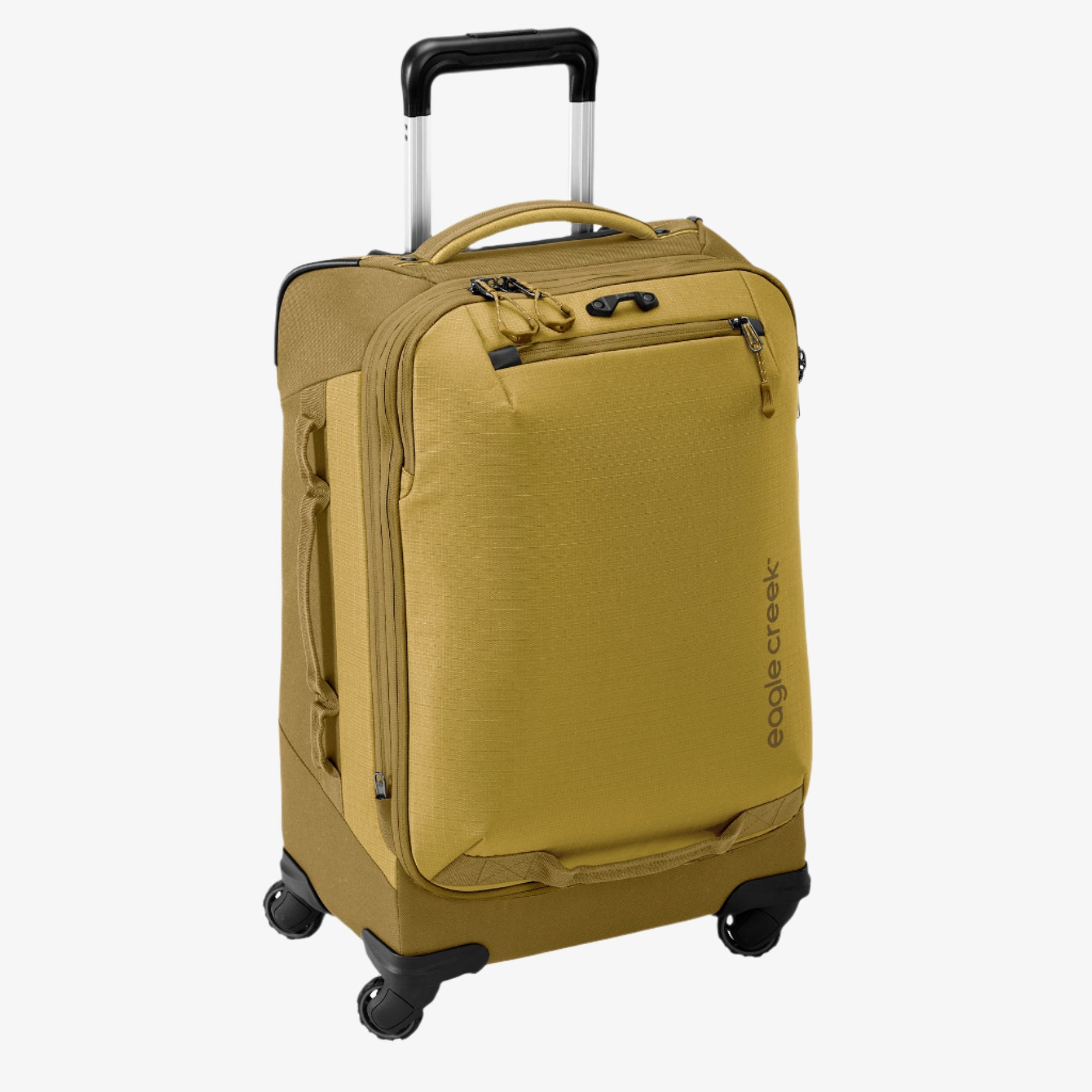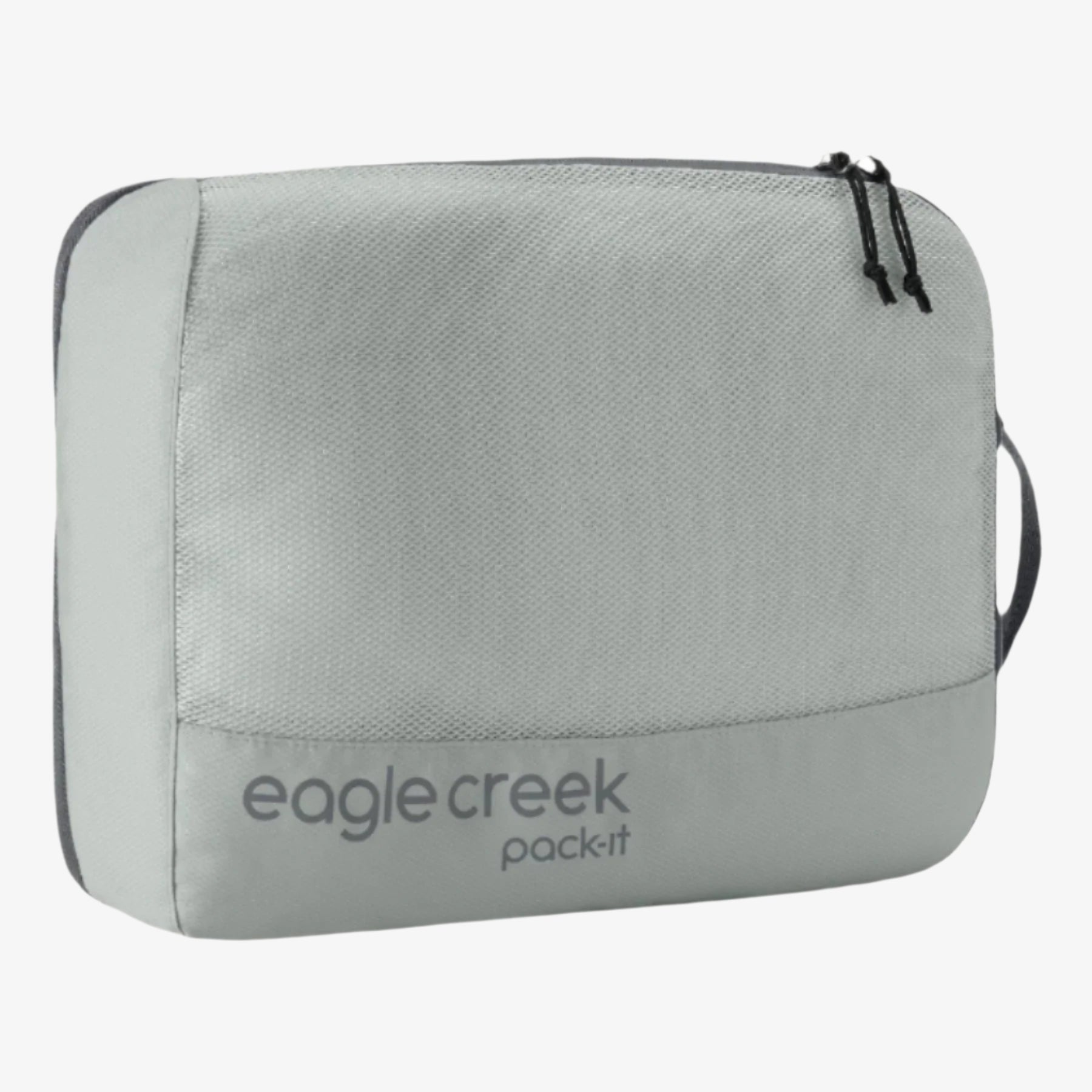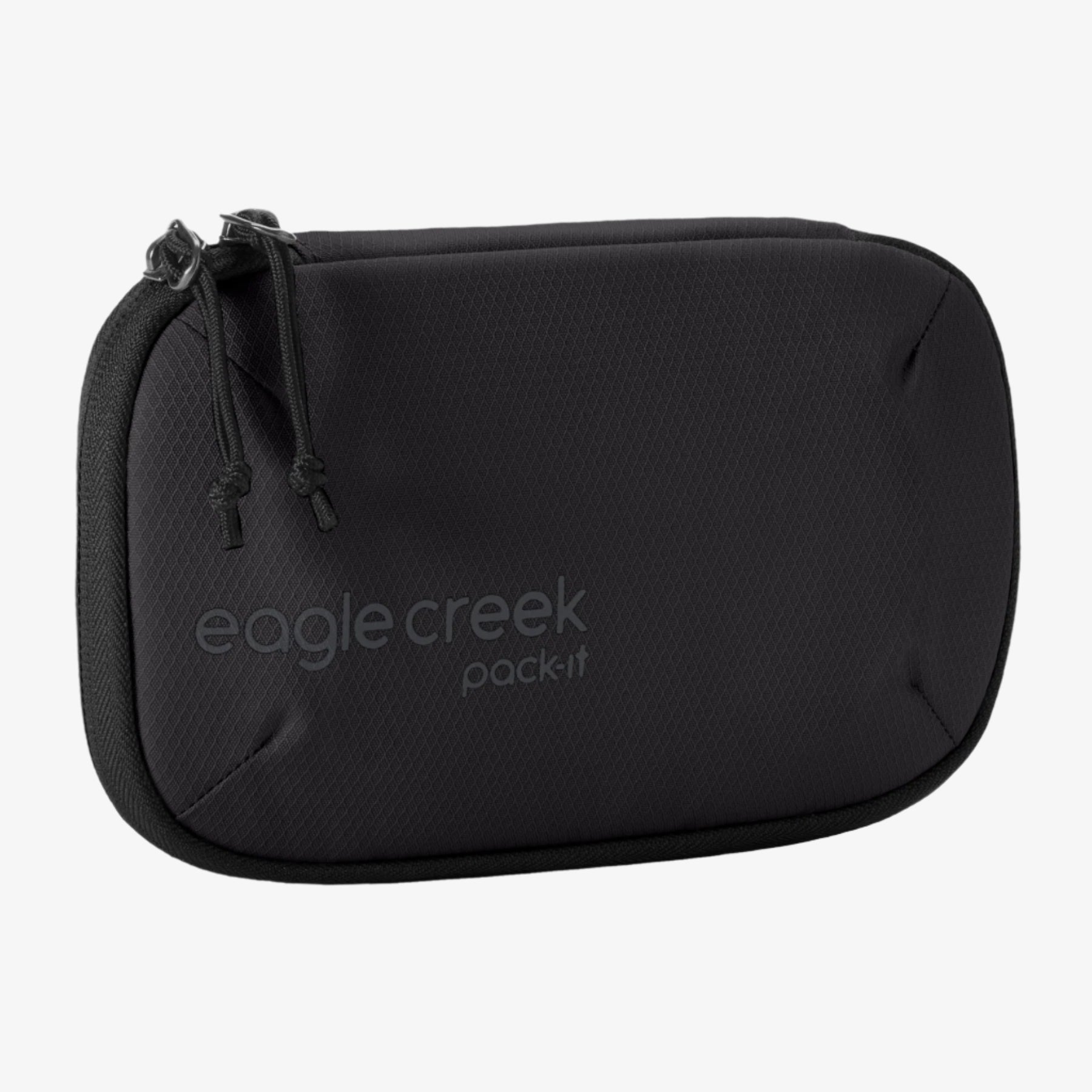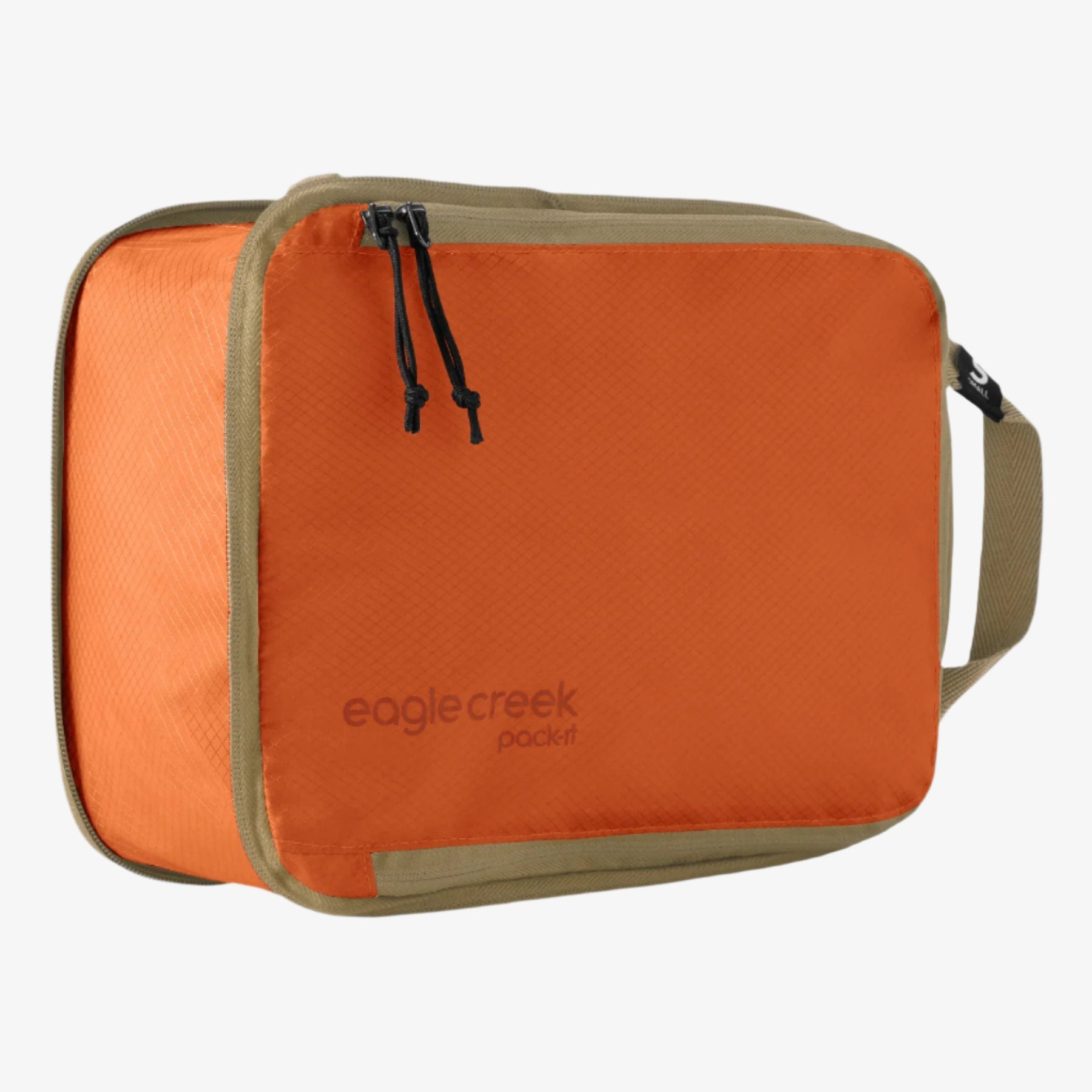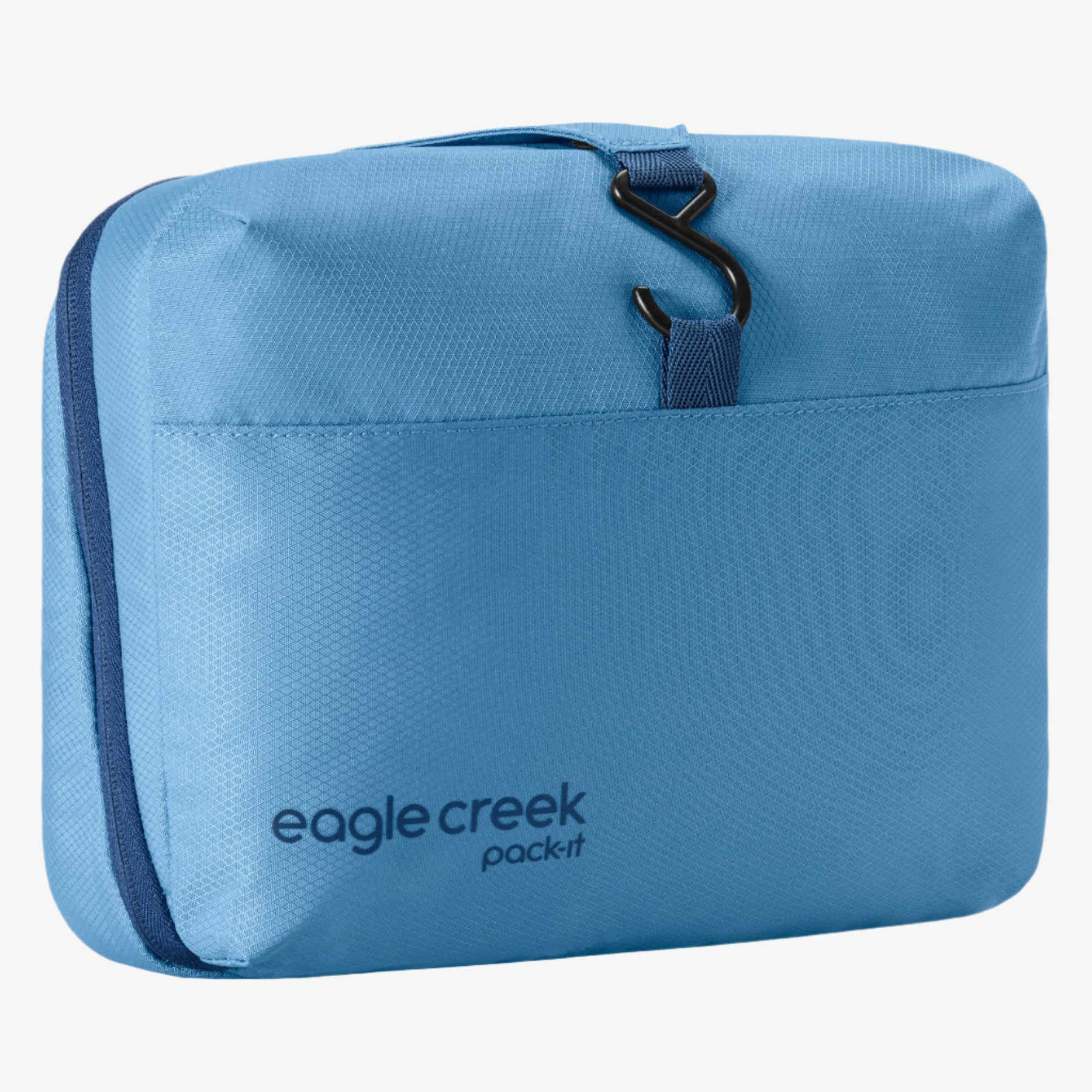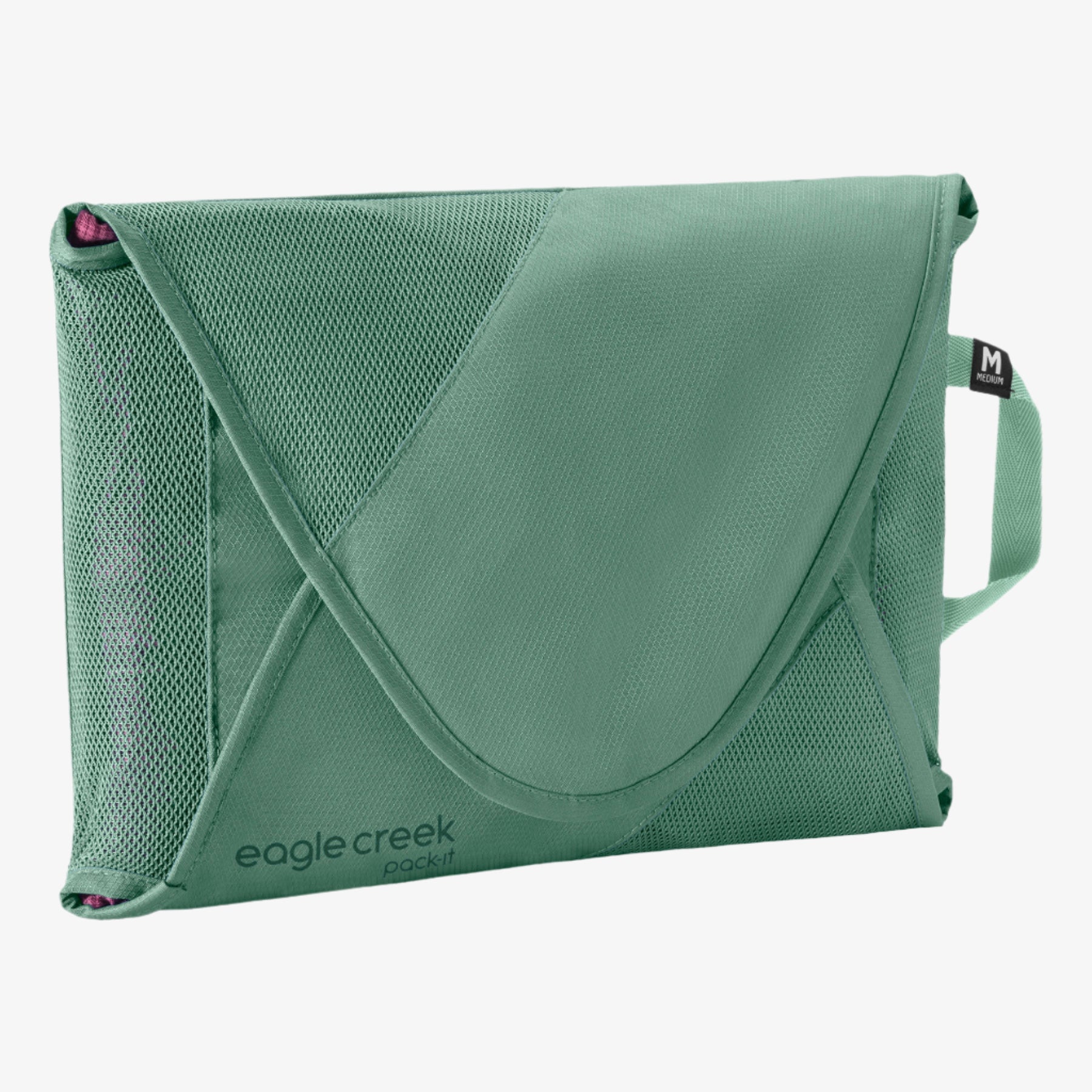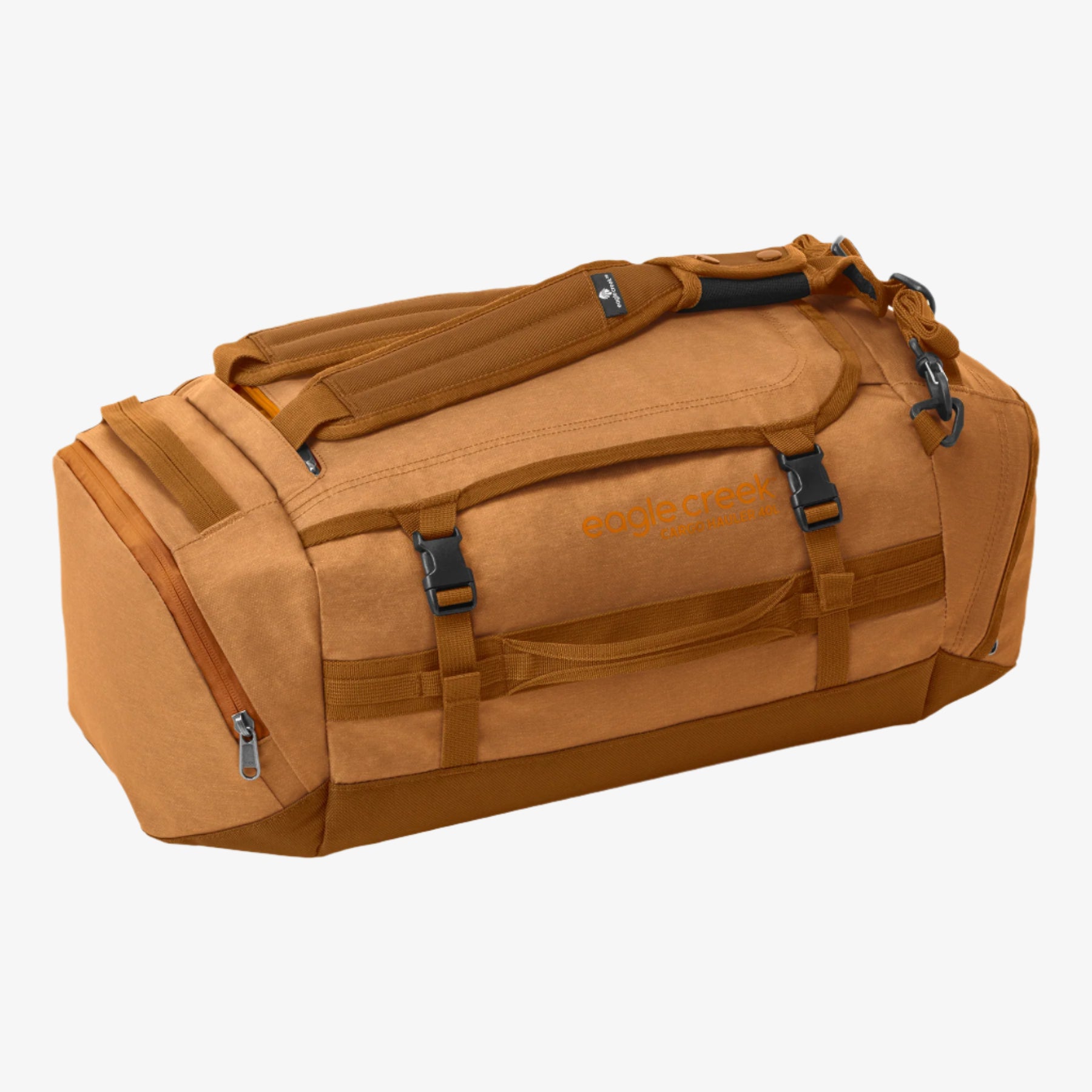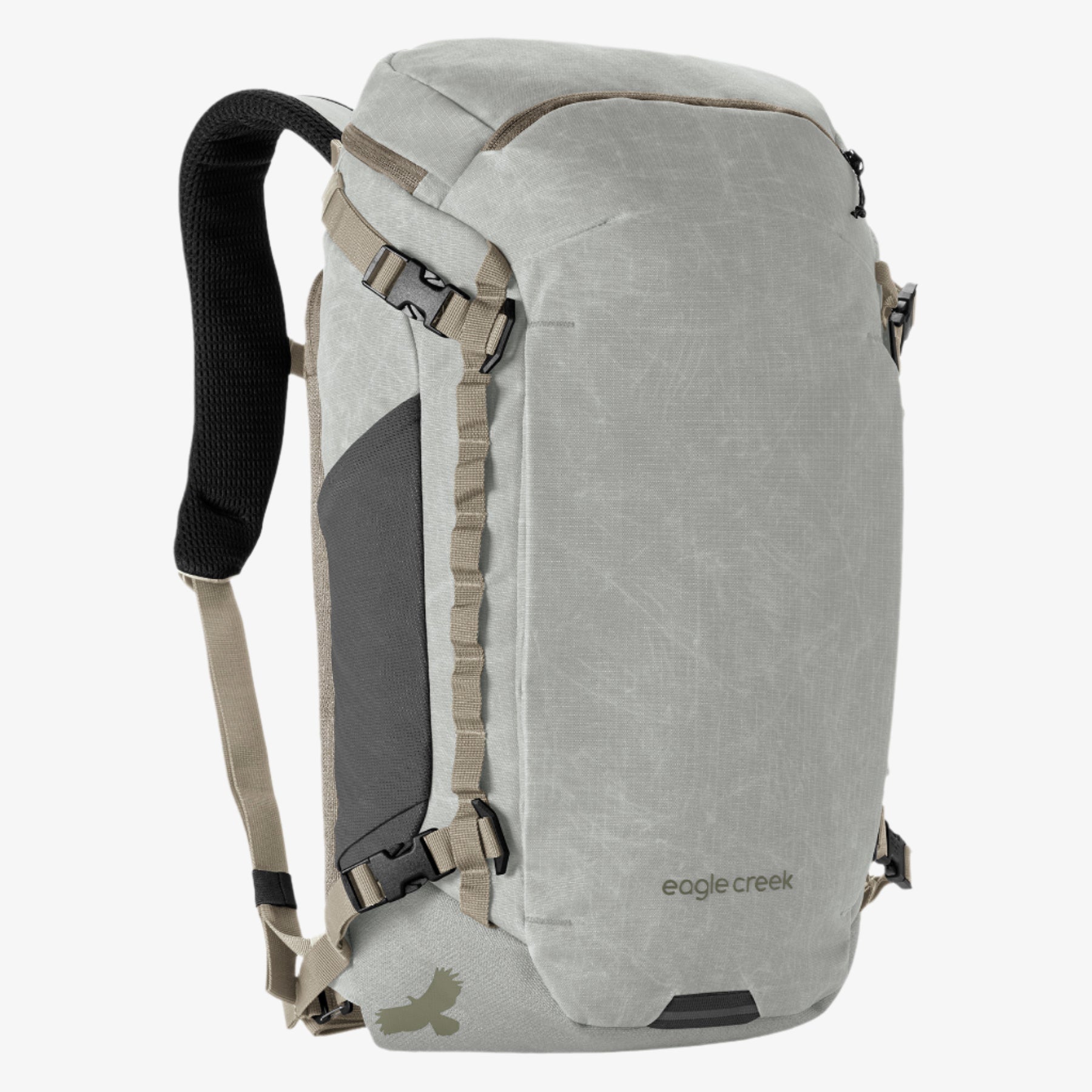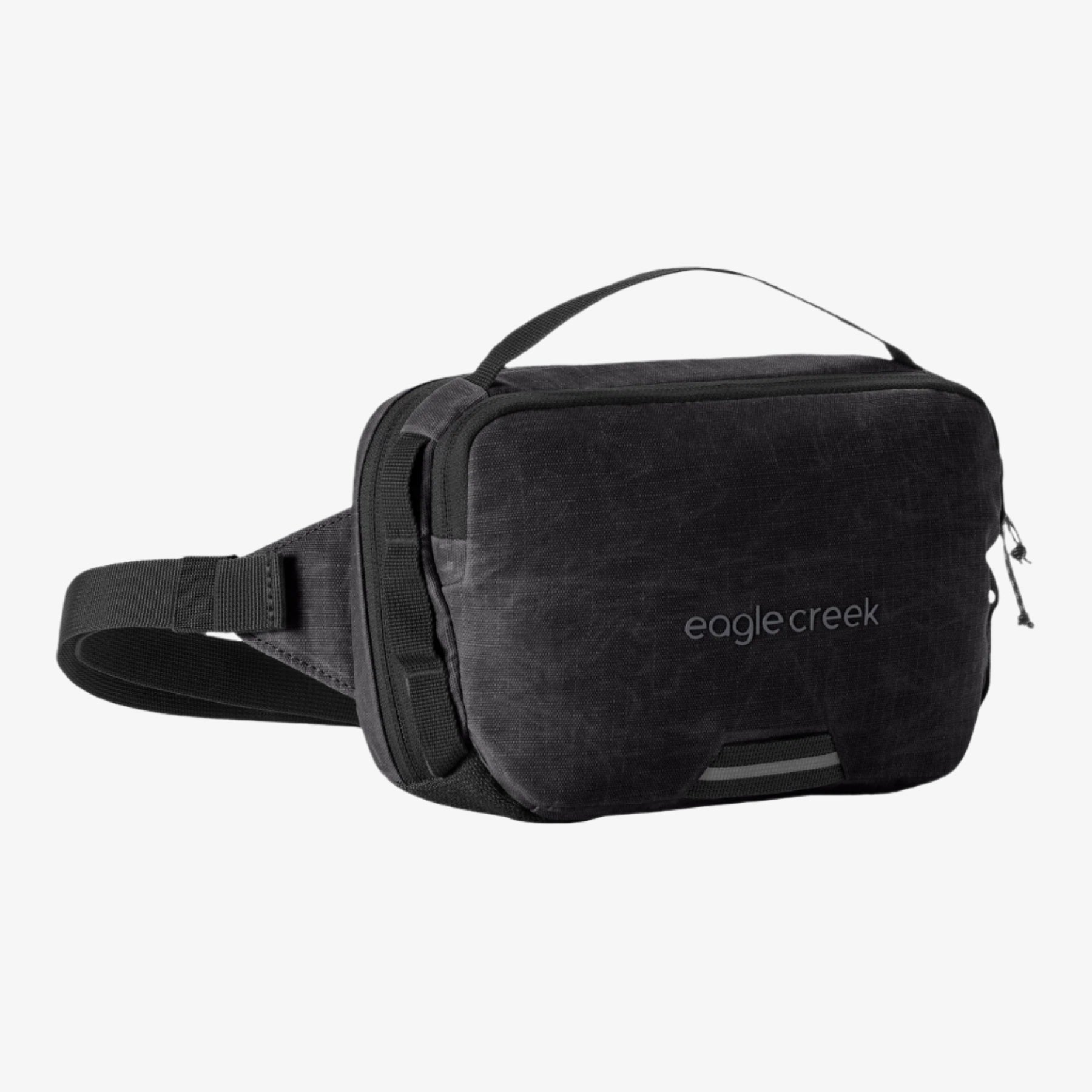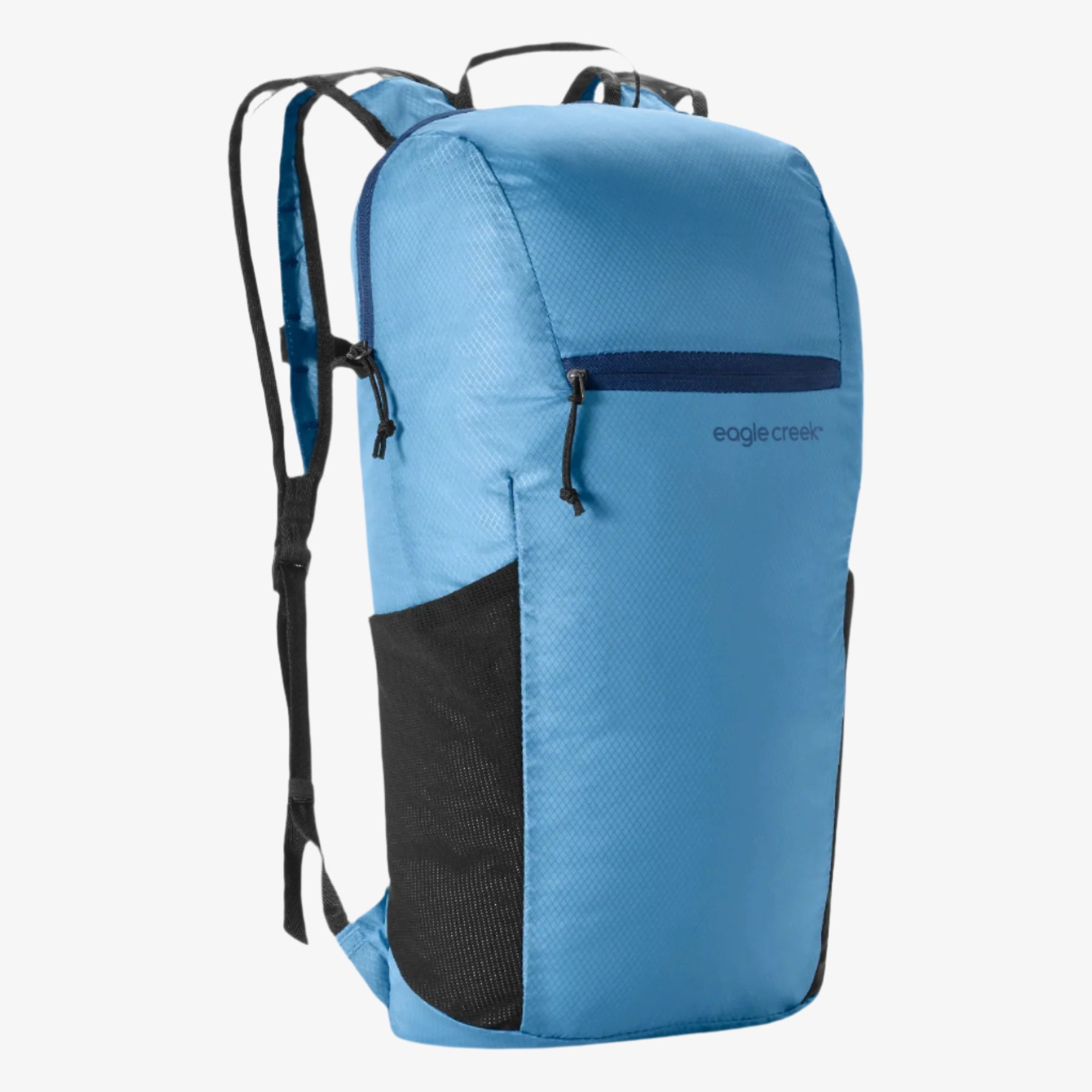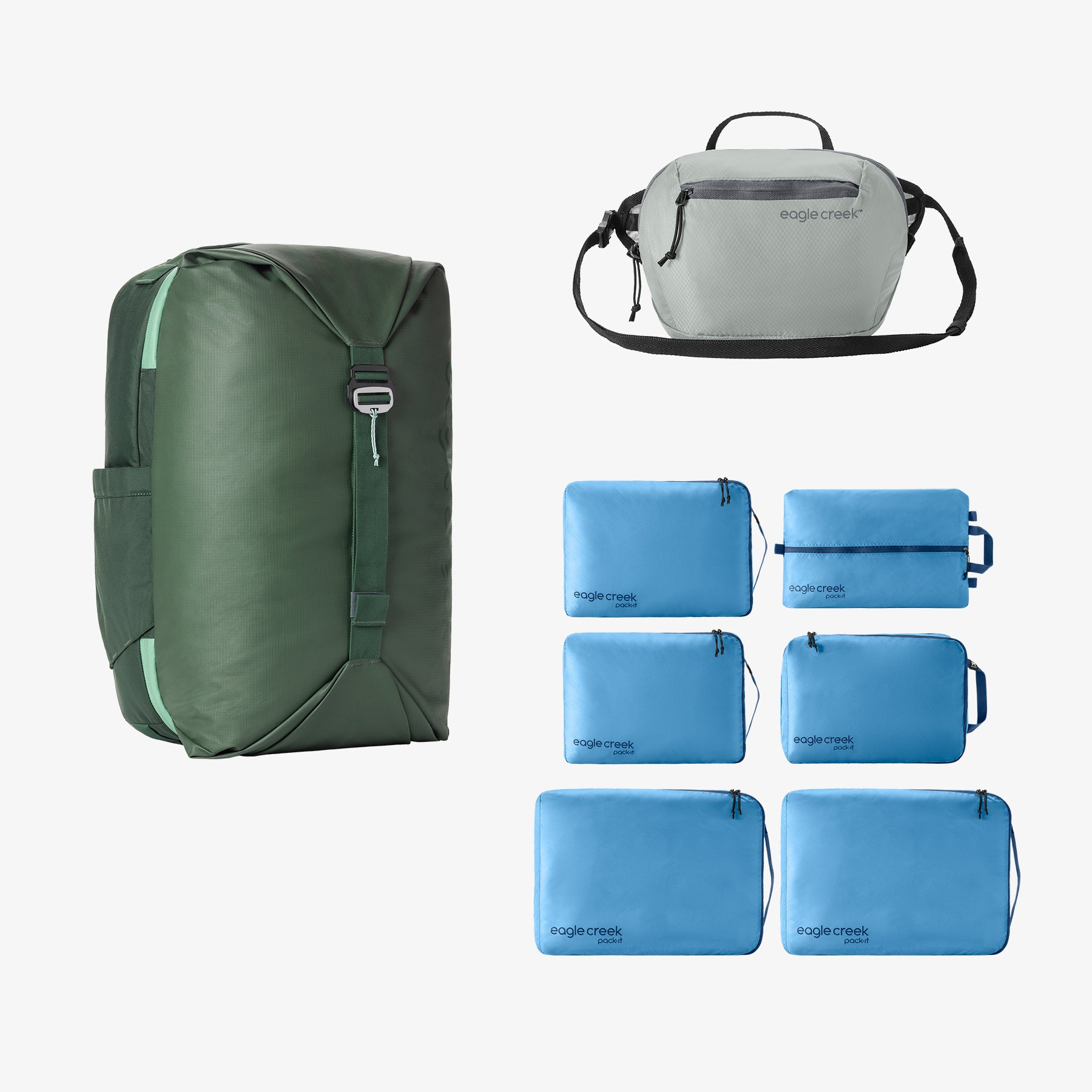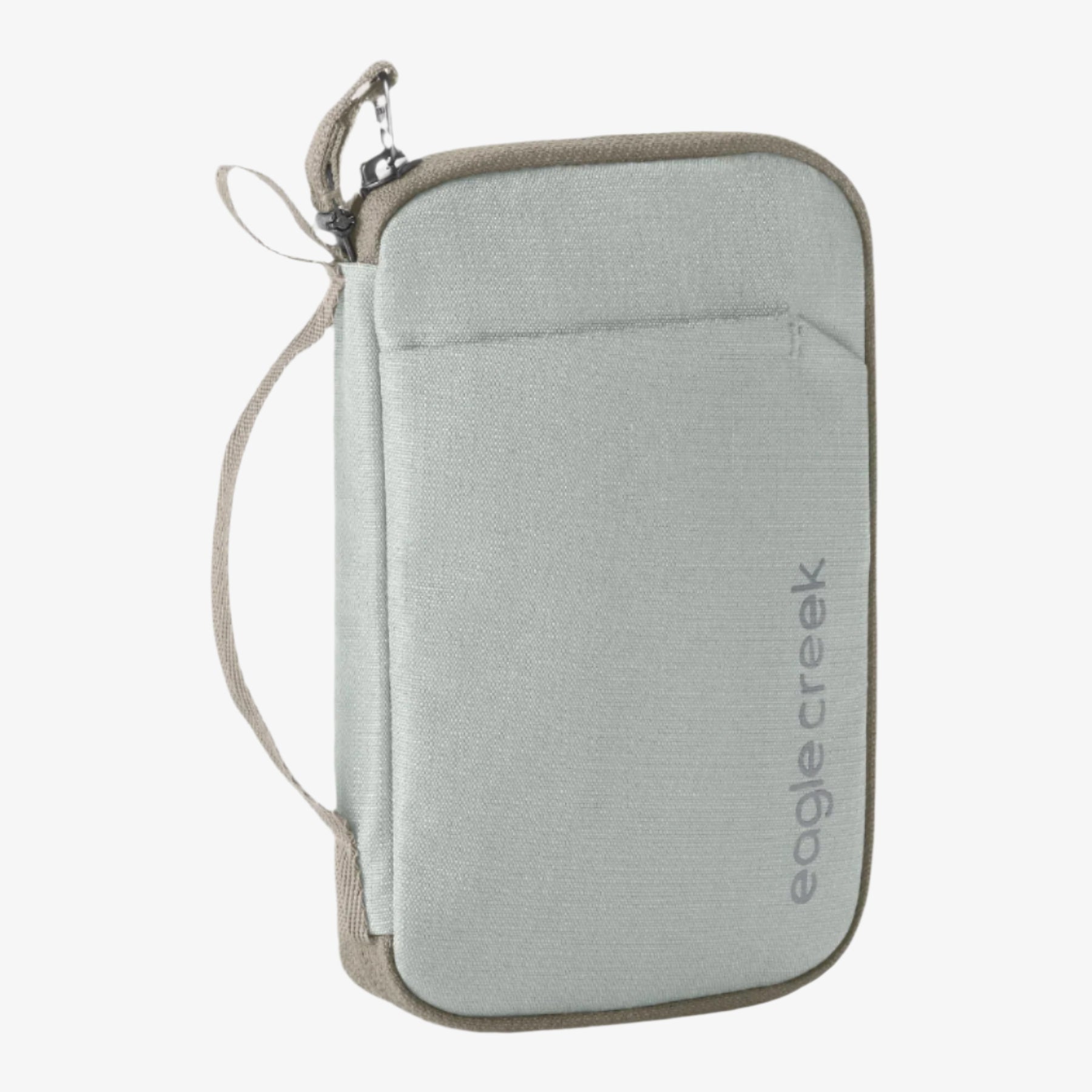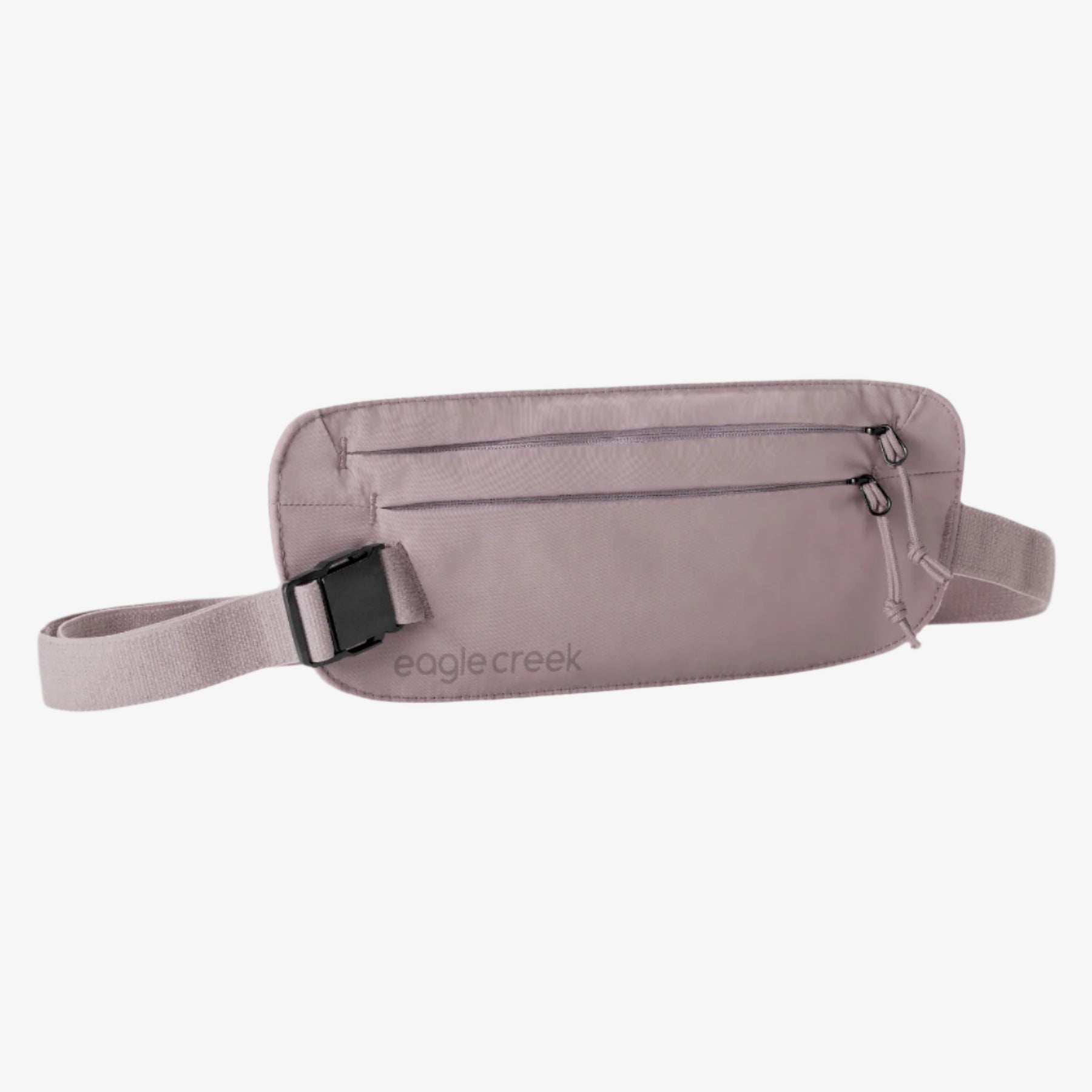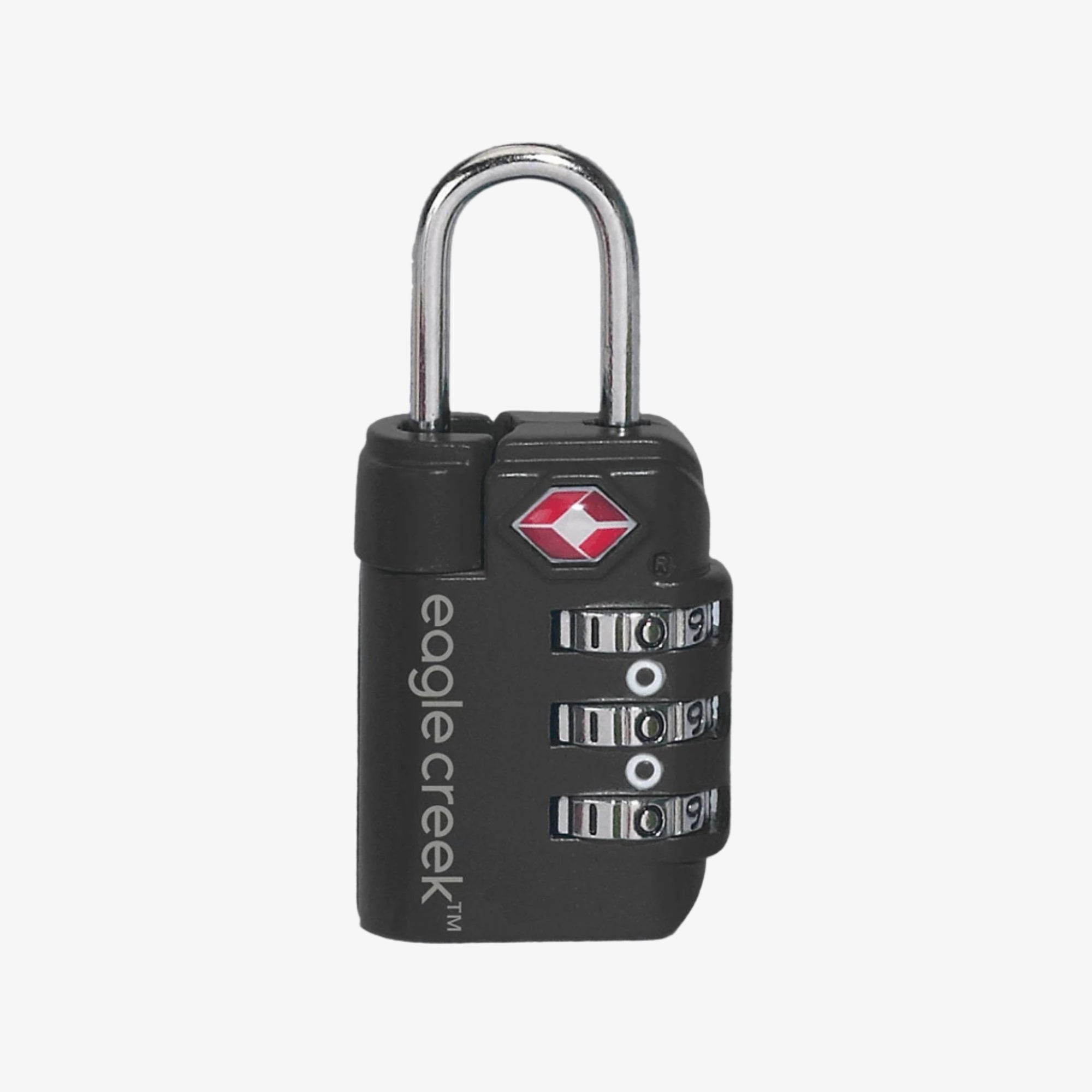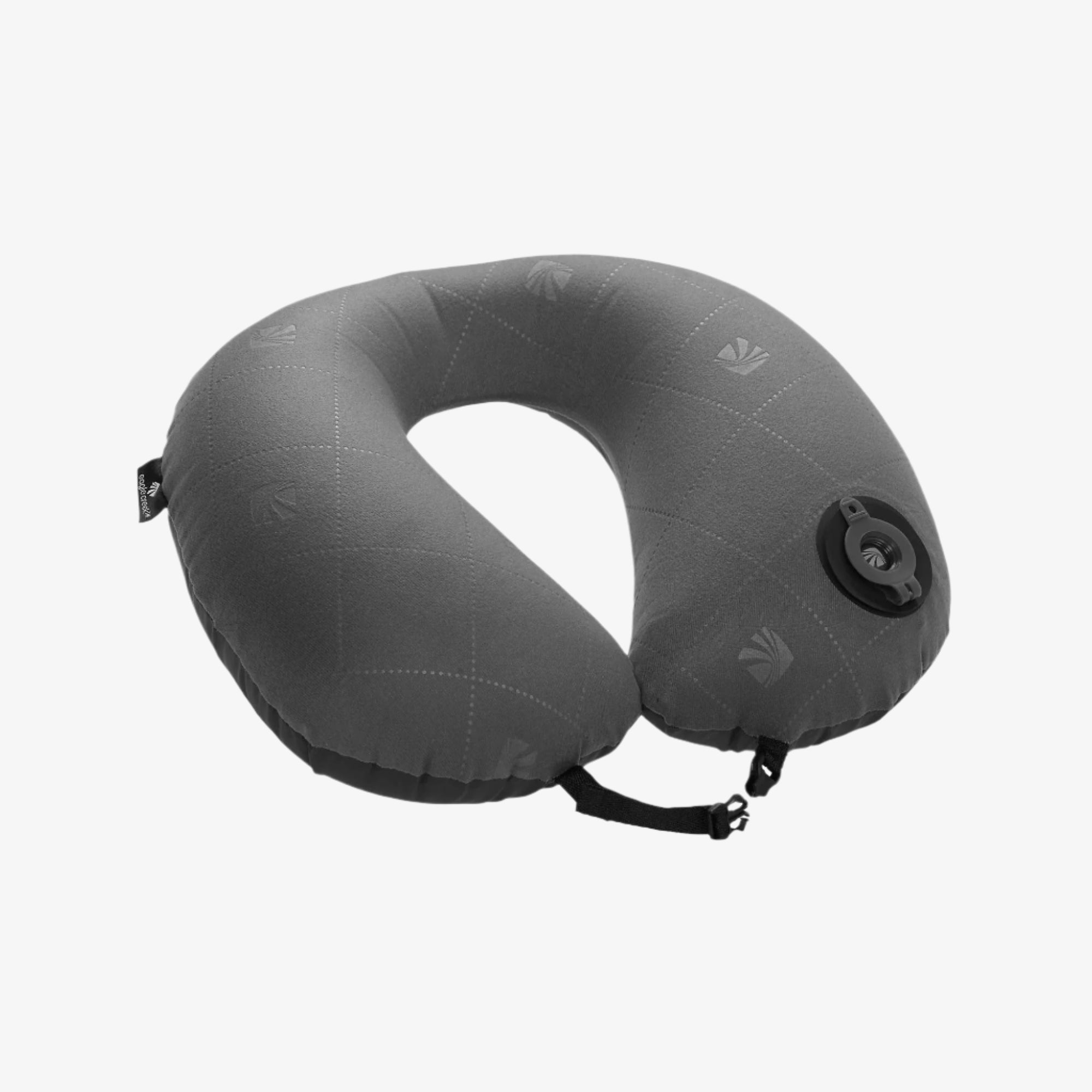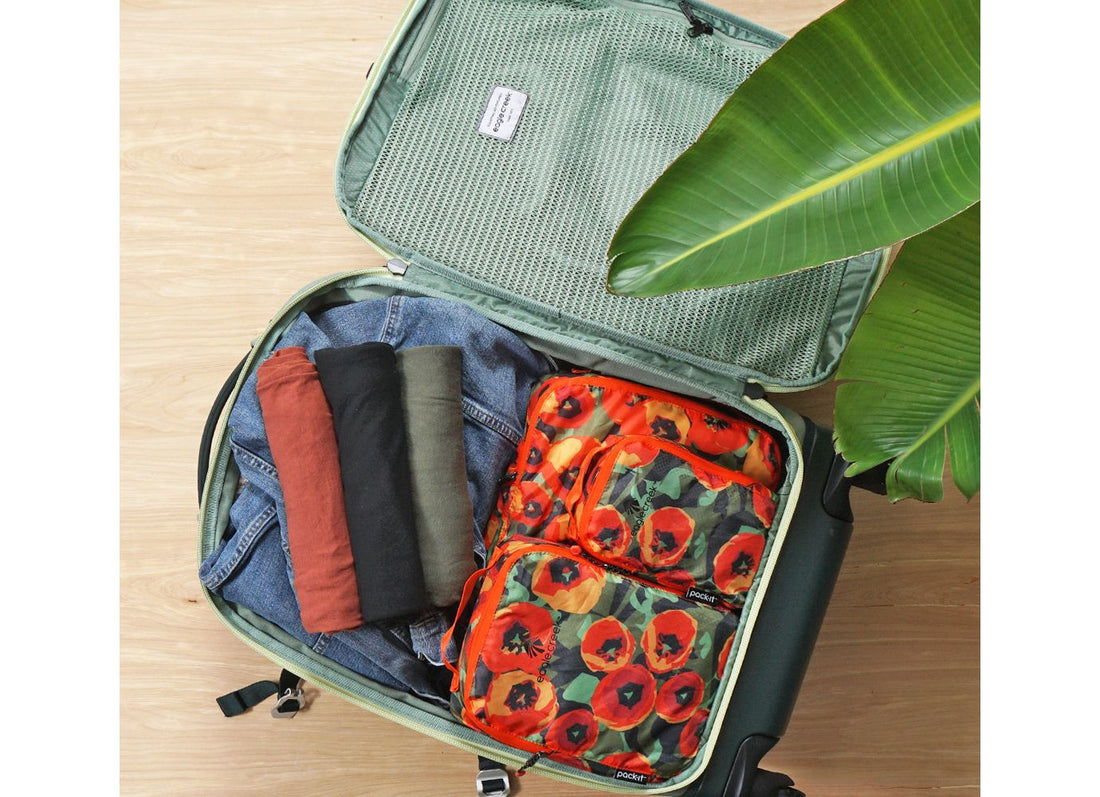Two different methods, one goal. Pack as much as possible into your luggage while making sure that your clothes don’t come out wrinkled and creased when you unpack at your destination.
Is rolling or folding clothes for travel better when packing for a trip?
While some travelers swear blind that rolling clothes maximize space, others argue that folding clothes for travel reduces wrinkles. Does one really save more space or keep your clothes from creasing? And which method works best when paired with a packing cube system?
Let’s take a look.
How to fold clothes to save space?
Many travelers are adamantly in the camp that rolling your clothes in neat, tight little sausages will save space in your luggage. In some cases, that is absolutely true. Rolling clothes really can save space in your luggage. This is partly because as you begin to pack rolled items into your bag, it gives the appearance of having additional room versus adding folded items.
Items like socks and underwear, lightweight t-shirts, pants, tops, and skirts are ideally suited to the rolling method. These are thinner items of like sizes that can be folded into like-sized squares and then rolled tightly. Some travelers even swear by using a small rubber band to secure each little sausage into tight bundles that pack down easily and can save a ton of space.
On the other hand, rolling your clothes will not save space when traveling with bulky items like sweaters, which can actually take up more space when rolled. It’s also not a great idea to roll button-up shirts and formal wear, as certain fabrics get bunched up when they’re rolled, causing creasing. In this case, you'll want to fold them neatly into stacks and then use a compression sac to save space.
One great advantage of rolling your clothes is that you can see the contents of your bag without having to lift layers of folded items. This can be handy if you’re staying somewhere like a hostel dorm where you don’t have space to unpack.
What types of garments are best packed folded?
As a rule of thumb, always fold clothes that are made from natural materials like cotton, linen, and wool. Cotton and linen crease and wrinkle very easily so they benefit from being folded, and woolen-knit items tend to be chunky, meaning that they will take up more space in your pack if you try to roll them.
Use zippered packing cubes to keep folded items secure in your suitcase and reduce the risk of wrinkles. Consider where you place any fold lines as these will be visible when wearing them a few days later. You should also layer similar items in the same cube for optimum organization.
If you need to pack for a destination wedding, or you’re traveling with button-up shirts or formal wear, pack them into a garment folder. Look for one that has stretch compression wings to help keep your items secure and looking sharp when you’re ready to wear them.
Packing tip: Learn how to pack every item on your packing list with "How Do You Pack it in a Packing Cube?"
What items on my packing list can be rolled?
Rolling clothes for packing is another way to save space in your luggage. A large proportion of the items on your packing list can be rolled into packing cubes. Clothes that have an element of Lycra or polyester in the fabric are ideal for rolling as they won’t crease. Socks, underwear, and delicates can be rolled and secured with an elastic band before being stacked into a small packing cube, and bulkier items like t-shirts, shorts, and skirts are best rolled and packed into larger packing cubes or compression cubes.
Consider buying a set of different sized packing cubes and arranging your clothes by size or outfit type for maximum packing satisfaction!
How to fold clothes for packing
Step 1
Lay your shirt on a flat surface and smooth out the garment, eliminating wrinkles and folds, and making all of the hems meet.
Step 2
Fold the sleeves inward along with an inch or two of fabric down the length of the top (larger tops will need a deeper fold on each side). The width of the shirt should be the same width as your packing cube (like a medium or large cube). Then lift the bottom of the shirt and make it meet the top of the shirt so you now have a neat rectangle. Aim to fold all of your shirts into a similar sized rectangle.
Step 3
Stack the shirts and place neatly into your packing cube.
How to roll clothes for packing
When learning how to roll clothes for packing, you'll do the same steps as folding, except you will then tightly roll each item before wedging it into a cube.
Step 1
Lay your shirts on a flat surface and smooth out the garment, eliminating wrinkles and folds, and making all of the hems meet.
Step 2
For shirts and tops, fold the sleeves inward along with an inch or two of fabric down the length of the top (larger tops will need a deeper fold on each side). The width of the shirt should be the same width as your packing cube. Then lift the bottom of the shirt and make it meet the top of the shirt so you now have a neat rectangle. Aim to fold all of your shirts into a similar sized rectangle.
Step 3
Once your shirts are folded into similar sized rectangles, have your packing cube open and nearby. Take one shirt-rectangle and begin tightly rolling the shirt from the crease when you folded it in half. Once you have it rolled into a tight sausage, you can wrap a small band around it, or simply place it with the loose hem down and press it firmly into your packing cube.
Should you roll or fold clothes when using packing cubes?
One of the best things about packing cubes is that they can accommodate any method of packing. However, when rolling or folding your clothing, it’s important to choose the right size and style of cube to accommodate your items securely.
- Compression sacs and compression cubes are best suited to clothes that won’t wrinkle, and you can fold clothes into these.
- Traditional zippered-opening cubes work best with the folding method, although the deep zippered openings also protect your rolled garments from falling out if you opt to roll.
- Slim cubes and extra small cubes are ideally shaped for socks and underwear and will wedge into small spaces inside your bag, to help save space. You can roll or fold your items into these cubes, and an intimates cube can also protect your bras.
- Use medium and large cubes for your general, non-bulky clothes—these cubes work well with both the rolling and folding method.
- Garment folders always require folding your clothes inside.
Take a look at our full range of packing cubes, sacs, and garment folders to find the style that best suits you.
Packing tip: Fit more in your suitcase by packing with a plan, don’t just pack things in a random order.
Does rolling or folding clothes eliminate wrinkles?
With careful consideration as to how you pack each item of clothing, wrinkles don’t have to be a fact of life when traveling. In general, casual clothes should be rolled to avoid the hard edges that come with folding, and dressier items that would typically hang in your wardrobe should be folded into a garment folder or laid out at the top of your luggage, above your collection of packing cubes.
Rolling vs. Folding Clothes for Packing: FAQs
What types of clothes should I roll? 
Rolling clothes in packing cubes is a great way to save luggage space. You can roll anything you can fold, including casual clothes like t-shirts, pants, shorts, and beach towels. However, you should avoid rolling delicate clothing or clothing that may get too bulky when rolled. That said, most people prefer rolling clothes for packing because it creates more space and makes it easier to live out of a suitcase because you can see every article of clothing you pack.
Are there any downsides to rolling clothes for packing? 
While rolling clothes is much easier than folding them (for most people), there are a few downsides to rolling instead of folding clothes for travel. First, rolling can be more time-consuming than folding. While rolling clothes for packing can reduce wrinkles, it takes time to do it right to ensure everything is smooth.
Also, in most cases, you’re packing clothes from your drawers, which are likely already folded. Additionally, bulkier clothing, such as sweaters, can take up much more space when rolled than folded, and some clothes simply shouldn’t be folded, especially if they have buttons or collars.
What types of clothing are best suited for folding? 
Since rolling incorrectly can cause wrinkles, it’s usually best to avoid rolling dress pants, blazers, dresses, and delicate clothing. Instead, you can fold these items and make it easier to find them later on. Additionally, you should avoid rolling clothes made from natural materials because they wrinkle easily, so cotton dresses and t-shirts are better off being folded if you’re worried about creases.
Is rolling or folding clothes better for packing? 
Rolling and folding clothes are good packing techniques, but which is better is a matter of preference. Generally, it’s better to roll clothes because it takes up less space and allows you to pack more while reducing wrinkles. However, rolling clothes is time-consuming, so folding can also be efficient depending on the type of clothes you’re packing and your available space.
Wondering how to save even more space and keep your suitcase organized? Read our smart packing tips.
Are there any other packing methods I should consider? 
Other than rolling and folding your clothes for travel, there are several other ways to keep your suitcase organized and maximize available space. For example, the KonMari method of packing can help you organize items and determine what to bring by focusing on the items that spark joy.
With this method, you’ll only pack items you know you’ll use. This method can be especially useful when packing clothes because it helps you pinpoint a few outfits that will make it easy to get ready in the morning. The KonMari packing method also teaches you how to fold to ensure items are upright so you can maximize space and view your options without unpacking everything in your suitcase. Other suitcase packing tips include using the right storage products. For example, you can use packing cubes and compression bags to keep your belongings organized and vacuum-sealed bags to save even more space.
Packing tip: This handy video that shows you exactly how to pack wrinkle-free.
Do you roll or fold your clothes when packing for travel? Tag eagle creek on Instagram or Twitter and let us know how you pack for an adventure.



